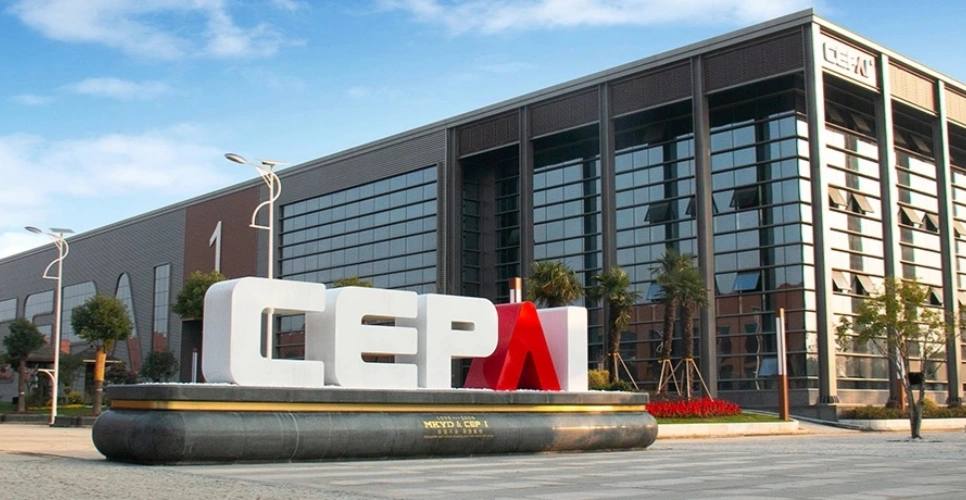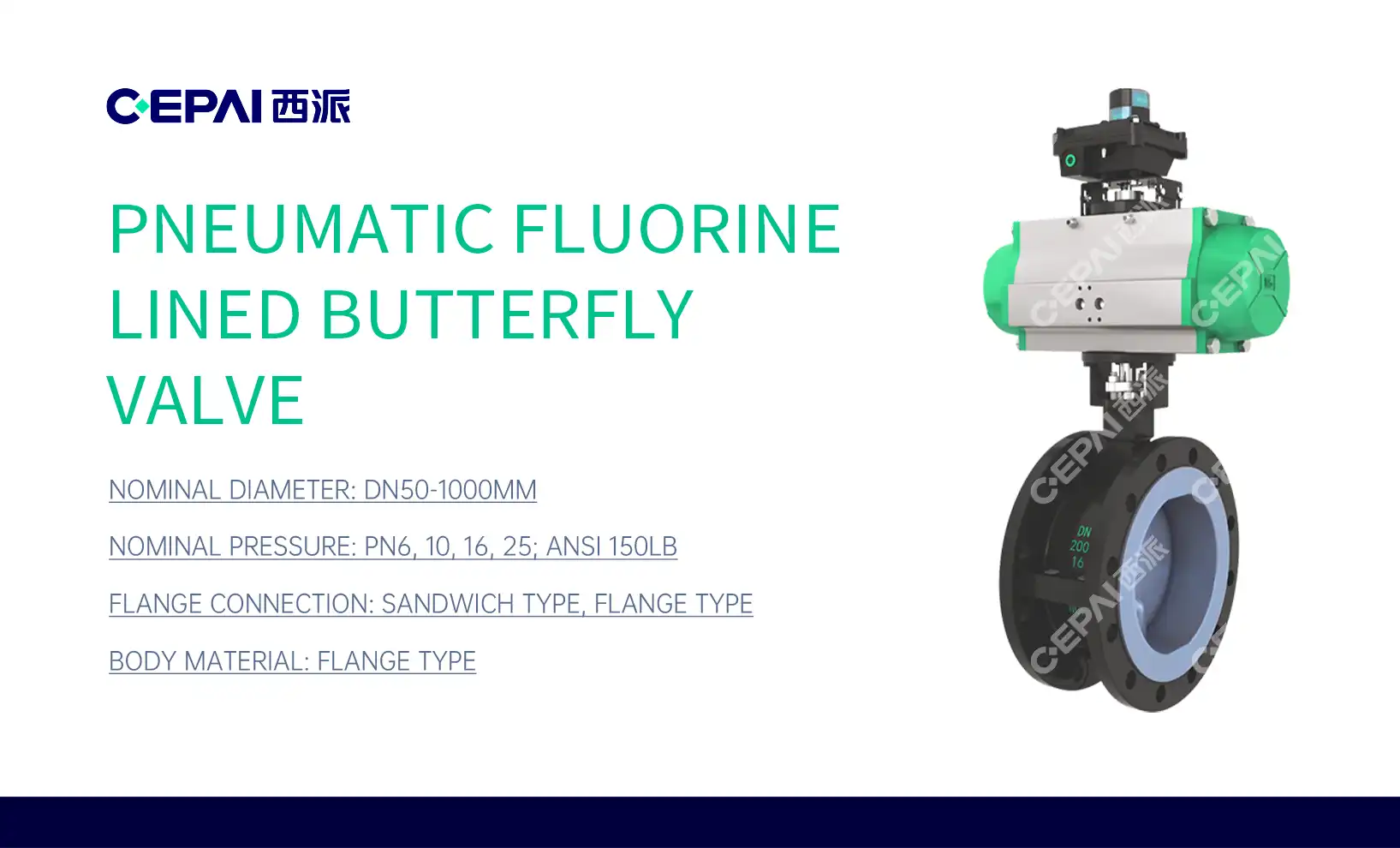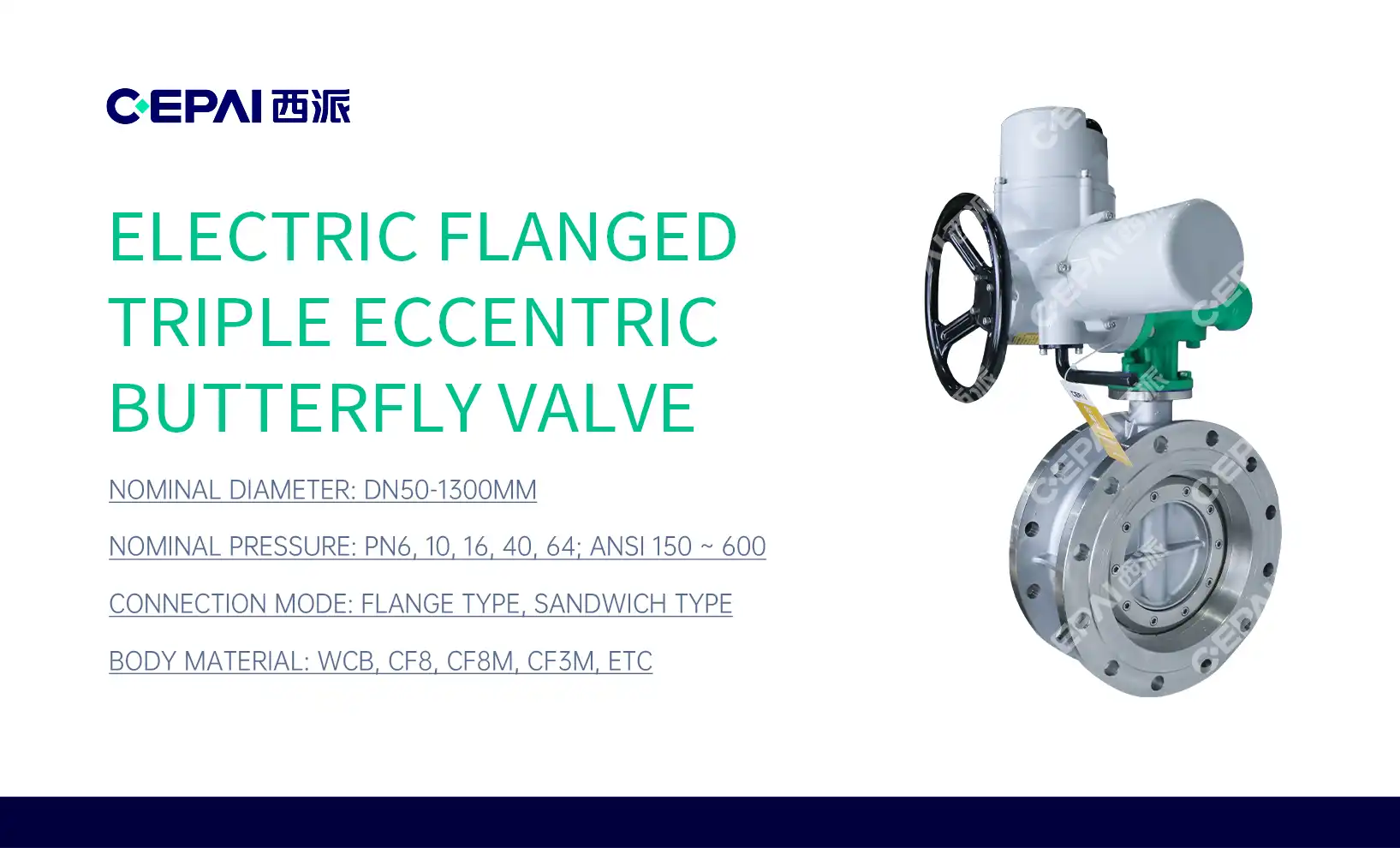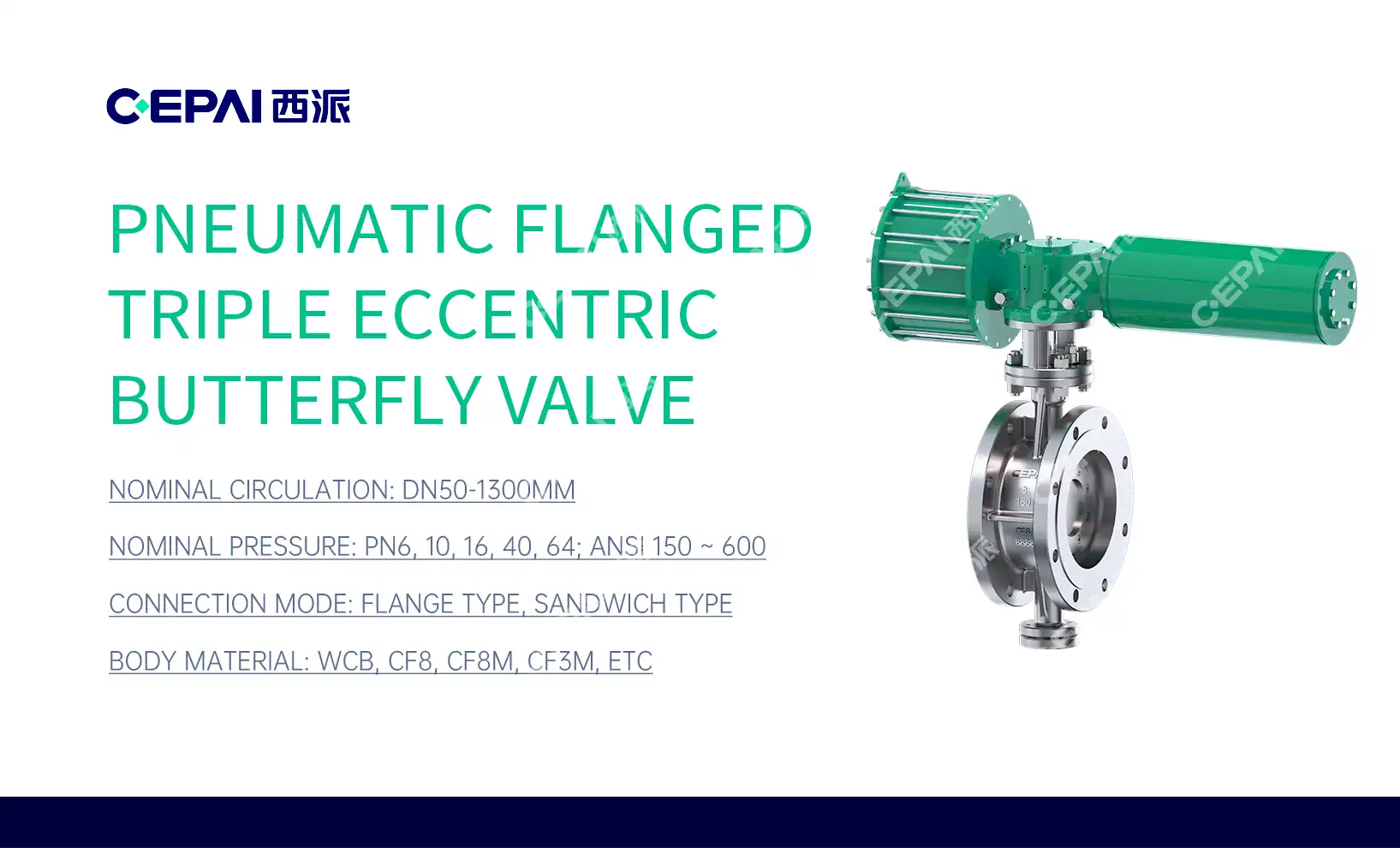Understanding Metal Butterfly Valve Construction and Types
Basic Components of Metal Butterfly Valves
Metal butterfly valves consist of several key components that work together to control fluid flow. The main parts include the valve body, disc, stem, seat, and actuator. The valve body houses the internal components and connects to the pipeline. The disc, typically made of durable metals like stainless steel or cast iron, rotates to regulate flow. The stem connects the disc to the actuator, which controls the valve's opening and closing. The seat provides a seal when the valve is closed, ensuring leak-tight performance.
Types of Metal Butterfly Valves
There are several types of metal butterfly valves, each designed for specific applications. Concentric butterfly valves feature a centered disc that rotates perpendicular to the flow. Double-eccentric butterfly valves have an offset disc, reducing wear and improving sealing. Triple-eccentric butterfly valves offer the highest level of sealing and are suitable for high-pressure and high-temperature applications. Lug-style and wafer-style butterfly valves differ in their mounting methods, with lug-style valves allowing for easier installation and maintenance.
Materials Used in Metal Butterfly Valve Construction
The choice of materials for metal butterfly valves is crucial for ensuring durability and compatibility with the process fluid. Common materials include stainless steel, carbon steel, cast iron, and alloy steels. The disc and stem are often made of corrosion-resistant materials like stainless steel or nickel alloys. Seats can be made of various elastomers or metals, depending on the application requirements. Proper material selection is essential for achieving optimal performance and longevity in specific operating conditions.
Advantages and Applications of Metal Butterfly Valves
Benefits of Using Metal Butterfly Valves
Metal butterfly valves offer numerous advantages that make them popular in industrial settings. Their compact design allows for easy installation in tight spaces, reducing overall system footprint. The quick quarter-turn operation enables rapid flow control and emergency shutoffs. These valves are also lightweight compared to other valve types, making handling and maintenance more manageable. Metal butterfly valves provide excellent flow characteristics with minimal pressure drop, contributing to overall system efficiency. Additionally, their simple design typically results in lower maintenance requirements and costs compared to more complex valve types.
Industries and Applications
The versatility of metal butterfly valves makes them suitable for a wide range of industries and applications. In the oil and gas sector, they are used for controlling the flow of crude oil, natural gas, and refined products. Water treatment plants utilize these valves for managing water distribution and filtration processes. The chemical industry relies on metal butterfly valves for handling various corrosive and non-corrosive fluids. HVAC systems incorporate these valves for regulating airflow and temperature control. Other applications include food and beverage processing, power generation, and pharmaceutical manufacturing.
Factors to Consider When Selecting Metal Butterfly Valves
Choosing the right metal butterfly valve requires careful consideration of several factors. The nature of the process fluid, including its temperature, pressure, and chemical composition, plays a crucial role in valve selection. The required flow rate and control precision should be evaluated to ensure optimal performance. Environmental conditions, such as exposure to corrosive atmospheres or extreme temperatures, must be taken into account. The frequency of operation and maintenance requirements should also be considered when selecting a valve type and actuator. Compliance with industry standards and regulations is essential for ensuring safety and reliability in specific applications.
Installation, Maintenance, and Troubleshooting of Metal Butterfly Valves
Proper Installation Techniques
Correct installation of metal butterfly valves is crucial for optimal performance and longevity. Begin by thoroughly cleaning the pipeline and ensuring proper alignment. Use appropriate gaskets and fasteners suitable for the application. When installing, make sure the valve is in the slightly open position to prevent damage to the disc edge. Tighten bolts in a cross-pattern sequence to ensure even pressure distribution. Verify that the valve can fully open and close without obstruction. Proper support should be provided to prevent stress on the valve body. After installation, conduct pressure tests to confirm leak-free operation.
Maintenance Best Practices
Regular maintenance is essential for preserving the functionality of metal butterfly valves. Develop a preventive maintenance schedule based on the valve's operating conditions and frequency of use. Regularly inspect the valve for signs of wear, corrosion, or damage, particularly focusing on the disc, seat, and stem. Lubricate moving parts according to manufacturer recommendations to ensure smooth operation. Check and adjust packing or seals to prevent leakage. Clean the valve internals periodically to remove any buildup that could affect performance. Keep detailed maintenance records to track the valve's history and identify potential issues early.
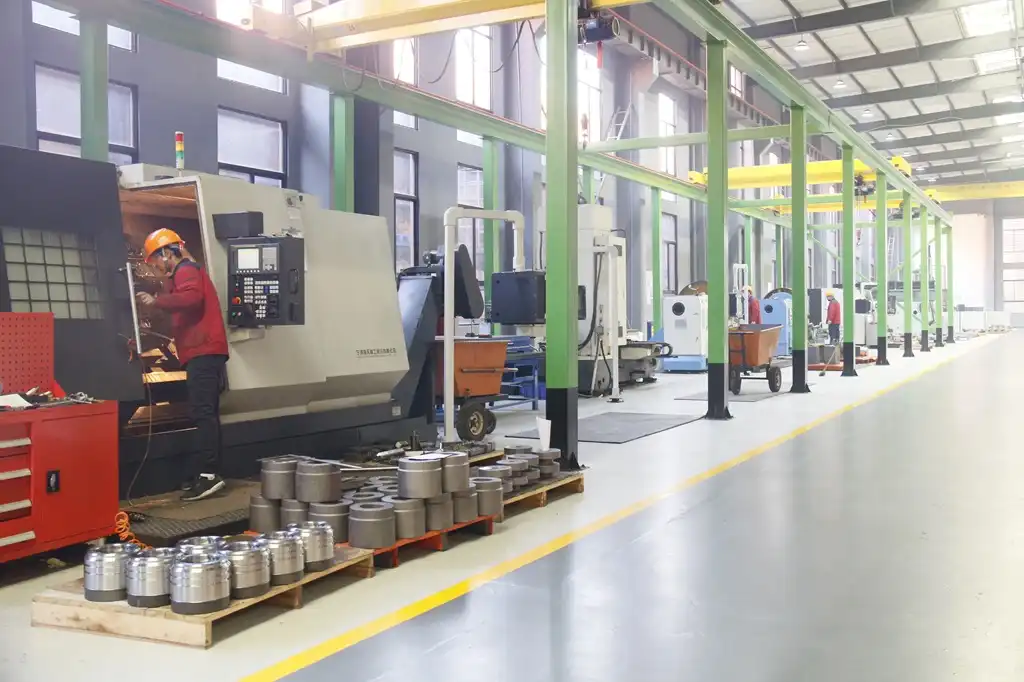
Common Issues and Troubleshooting
Despite their reliability, metal butterfly valves may encounter operational issues. Leakage is a common problem, often caused by worn seats, damaged discs, or improper sealing. Address this by inspecting and replacing damaged components. If the valve is difficult to operate, check for obstructions, misalignment, or actuator problems. Excessive noise or vibration during operation may indicate cavitation or improper sizing; review the valve's specifications and operating conditions. For valves that fail to fully open or close, examine the actuator settings and linkages. In cases of severe corrosion or erosion, consider upgrading to more suitable materials or implementing protective measures.
Conclusion
Metal butterfly valves play a crucial role in various industrial applications, offering efficient flow control and regulation. Their compact design, quick operation, and cost-effectiveness make them an excellent choice for many industries. By understanding the construction, types, advantages, and maintenance requirements of metal butterfly valves, professionals can make informed decisions about their implementation and ensure optimal performance. As technology continues to advance, we can expect further improvements in metal butterfly valve design, materials, and functionality, enhancing their reliability and expanding their applications across diverse industrial sectors.
FAQs
1. What are the main advantages of metal butterfly valves?
Metal butterfly valves offer compact design, quick operation, low maintenance, and excellent flow characteristics.
2. In which industries are metal butterfly valves commonly used?
They are widely used in oil and gas, water treatment, chemical processing, HVAC, and food and beverage industries.
3. How often should metal butterfly valves be maintained?
Maintenance frequency depends on the operating conditions and usage, but regular inspections and preventive maintenance are recommended.
4. What materials are commonly used in metal butterfly valve construction?
Common materials include stainless steel, carbon steel, cast iron, and various alloys, depending on the application requirements.
Expert Metal Butterfly Valve Solutions | CEPAI
CEPAI Group Co., Ltd. is a leading metal butterfly valves manufacturer and supplier. Our state-of-the-art intelligent manufacturing facility, featuring the longest high-precision flexible production line in the Asia Pacific region, ensures superior product quality and innovation. As an industrial Internet benchmark factory, we offer remote operation and maintenance services, enhancing user dependence on our products. With our focus on independent core technologies and segmented market strategies, CEPAI is your trusted partner for all metal butterfly valve needs. Contact us at cepai@cepai.com for expert solutions and product information.

References
Smith, J. (2021). Advanced Valve Technology in Industrial Applications. Journal of Fluid Control, 45(2), 78-92.
Johnson, R. (2020). Metal Butterfly Valves: Design, Selection, and Maintenance. Industrial Valve Handbook, 3rd Edition. New York: Engineering Press.
Chen, L., et al. (2019). Performance Analysis of Triple-Eccentric Butterfly Valves in High-Pressure Systems. International Journal of Pressure Vessels and Piping, 172, 220-228.
Williams, A. (2018). Material Selection for Corrosive Environments in Valve Applications. Corrosion Engineering, Science and Technology, 53(7), 549-557.
Brown, M. (2022). Innovations in Butterfly Valve Actuation and Control. Automation in Industrial Processes, 18(4), 302-315.
Thompson, K. (2020). Energy Efficiency in Industrial Valve Systems: A Comparative Study. Journal of Energy Engineering, 146(3), 04020025.

_1746598525968.webp)
